Land
 Greens In Peril
Greens In Peril
The future of every country in the world, including India, or at least its ability to feed its people, depends on the health of its soil. Land is also the habitat of a gigantic number of plant and animal resources that are a human’s insurance for survival. So land is of enormous ecological, economic and social value.
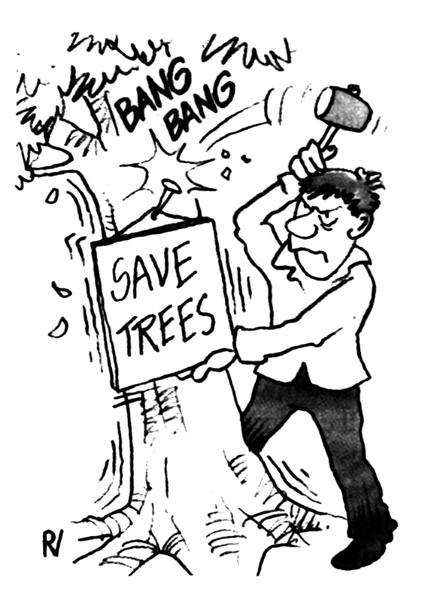
Trees provide fresh air and act as sinks for pollutants in the air. Protect them from destructive forces.
What is the status of our country’s land resources? Agricultural scientists say that India has enough to feed even twice its existing population—but only if the soils are managed well. At present, complete mismanagement prevails and a mammoth portion of India’s total land area—more than 25 million hectares—is seriously degraded. The prime factors contributing to this are large-scale soil erosion and water stagnation that turns soil saline, and overuse of chemical fertilizers and pesticides.
Living Resources
Plant and animal life, as have evolved on earth, are bewilderingly diverse. Millions of species of plants and animals exist, but even within a species there is enormous diversity. For instance, there are an estimated 1,20,000 types of rice plants in the world. This massive diversity, or gene pool as scientists call it, is a common heritage of all human beings. It is also their insurance for survival. As new varieties of plants and animals useful to human beings are bred, this massive gene bank provided by nature becomes vitally important.

Eroding Fortunes
In certain areas of our country, hundreds of hectares of fertile topsoil, containing precious nutrients like nitrogen, phosphorous and potassium, get washed away annually. While there are several reasons behind this huge scale of erosion, degrading forest lands is certainly one of the leading ones.
Ambitious afforestation schemes were introduced in the 1980s in India, as the country was losing almost a million hectares of forest cover every year. Social forestry programmes enlisting the help of local rural communities were spearheaded. These efforts paid dividends, and the total area under green cover has grown during the past decades.
But though long-term afforestation measures have been able to contain the pace of forest cover loss, land under dense forests is shrinking steadily. Today, India is dotted with large, severely degraded tracts that according to the official records are forestlands, but not a single tree can be found on them!
Chemical Crisis
Indian soils are generally poor in plant nutrients like nitrogen, phosphorous and potassium. So the government encourages farmers to use large quantities of chemical fertilizer to ensure high yield. In the long run, however, indiscriminate use of these chemicals has proved to be dangerous for the fertility of the soil.
The other types of chemicals that are used in farmlands are in the form of pesticides. India is a voracious consumer of pesticides. The total demand for insecticides here is over 1,00,000 metric tonnes (MT) for agriculture and 50,000 MT for public health.
And Their Deadening Impact
Nearly all these chemicals have the potential to significantly alter ecosystems; many are toxic to humans and others are concentrated in the food chain. Once applied to cropland, a number of things may happen to a pesticide. It may be taken up by plants or ingested by animals, insects, worms or microorganisms in the soil.
Urban land use is not limited to residential use. It includes land converted from rural to urban use to provide jobs, recreation and entertainment, shopping, parking, transportation, storage, government services, religious and cultural opportunities, waste handling and education.
Per capita land consumption is based on direct individual decisions and behaviour and collective decisions by the government and the marketplace.
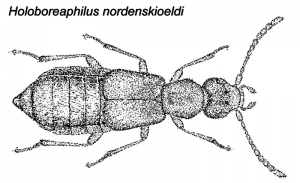


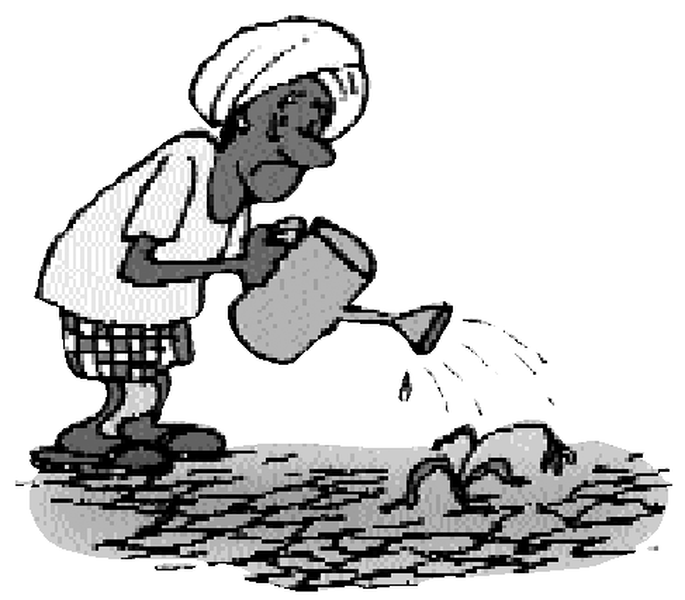
Extensive studies the world over have shown how pesticides affect soil health by killing vital microbial fauna present in it. Each gram of soil may contain millions of microbes that are important to sustain plant life. Pesticides not only kill these microbes, but persist in the environment and have been observed to accumulate in the food chain. It is due to their tendency to accumulate in animal fatty tissue and move up the food chain that their residues have been found even in mothers’ milk
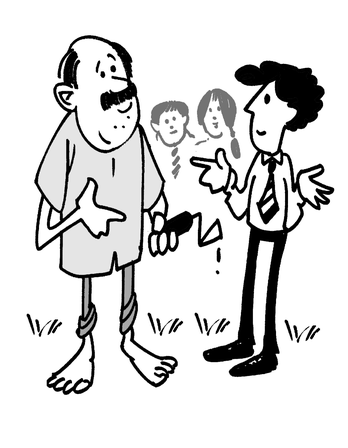
Health Hazard
If soil is contaminated by this poison how can our bodies remain immune to it? Pesticides which enter the human system are potent enough to ravage our metabolism. They are now known to cause lethal diseases, ranging from several kinds of cancer, liver damage and reproductive dysfunction to neurological disorders like Parkinson’s and Alzheimer’s.
Rich Soils, Live Treasure
The Indian subcontinent, with its vast range of ecological zones, sustains diverse life forms. This rich diversity contributes enormously to the economy. Unfortunately, a massive portion of this wealth is being threatened by human activity on land and forests. Plant species face extinction, and many may be lost even before their possible value is known to society. Wildlife is threatened by large-scale poaching, fuelled by a flourishing trade in wildlife products.
Habitat destruction and disappearing wetlands have also taken a heavy toll of bird life in India.
So What Do We Do?
Your school grounds can provide excellent educational opportunities for creating awareness about land resources and the natural world around you. A proper management of land resources can transform the grounds into biologically diverse outdoor classrooms and healthy open spaces.
The green area in your school has an important role because on one hand it minimizes the effects of air pollution and on the other it gives you an opportunity to explore local species of plants and animals.
So, ensure that 11 per cent of the total area of the school is under tree cover.
Dangerous dust storms have multiplied five-fold in 50 years in Asia. They originate in China, where 30 per cent of the land is parched by overfarming, overgrazing and deforestation.
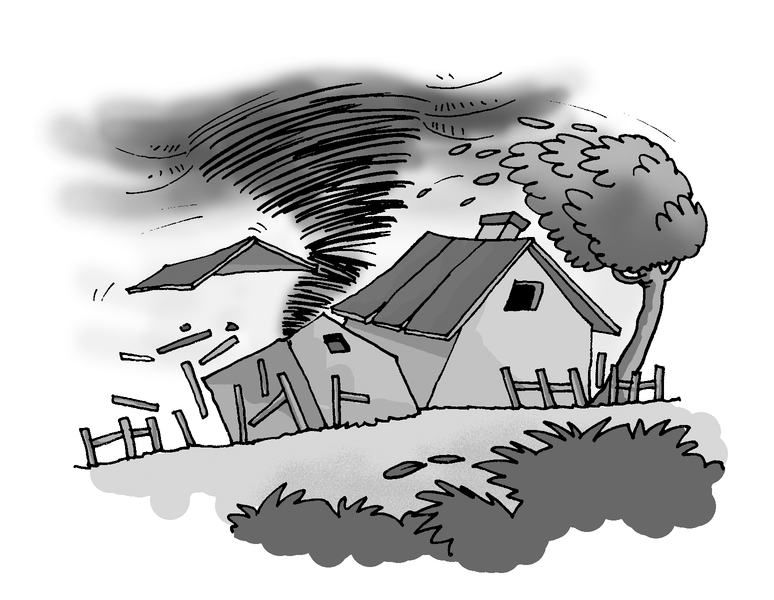

School area:
- Ground coverage area includes all permanent structure buildings, such as administration block, auditorium, school building, etc. It does not include floors.
- Green cover or green, landscaped area on ground includes areas covered by grass, trees, lawn or horticulture, flower beds, grasscrete paver tiles, etc.
- Surface parking area refers to any parking lots directly on land.
- Play areas that are paved/concrete include outdoor playfields, such as basketball courts, skating rinks, assembly grounds and swimming pools.
- Play area covered by grass on ground include grass tennis-courts and cricket or football grounds.
- Service area on ground is any area on ground that is not a permanent structure but is dedicated to services, such as cooling towers for air conditioning, generators and portable cabins for security guards, etc.
- Roof and terrace area: A roof is the covering on the uppermost part of a building. A terrace is an outdoor, occupiable extension of a building above ground level.
- Green landscaped area on-ground includes areas covered by grass, trees, lawn or horticulture, flower beds, grasscrete paver tiles, etc.
- Surface parking area refers to any parking lots directly on land.
- Play area that is paved/concrete includes all outdoor playfields, such as the basketball court, skating rink, assembly ground and swimming pool.
- Play area covered by grass includes tennis grass courts and cricket or football grounds.
- Service area is any area on ground that is not a permanent structure but is dedicated to services, such as cooling towers for air conditioning, generators and portable cabins for security guards.
- A roof is the covering on the uppermost part of a building. A terrace is an outdoor, occupiable extension of a building above ground level.
- Green cover on exposed roof & terrace includes terrace gardens, grass covering with a thin layer of soil but not potted plants.
- Green cover on terraces/balconies includes terrace gardens but not potted plants.
- Total built-up/constructed area refers to the total areas of all floors of the building, including ground floors of built-up spaces, which include classrooms, labs, staff rooms, office area, auditoriums, corridors, and balconies and terraces, multiplied by the number of floors.
- Other will include paved paths and other open area that your school has but is not covered in the list above.

DID YOU KNOW?
A healthy green cover can create the following conditions in cities and villages in and around it:
- Regenerate the most degraded ecosystem
- Recharge the groundwater table
- Prevent soil erosion in times of floods and heavy rain
- Act as a wind barrier in times of cyclones
- Reduce seawater incursion
- Act as a medium of energy absorption and reduce the impact of disasters
- Combat atmospheric pollution







